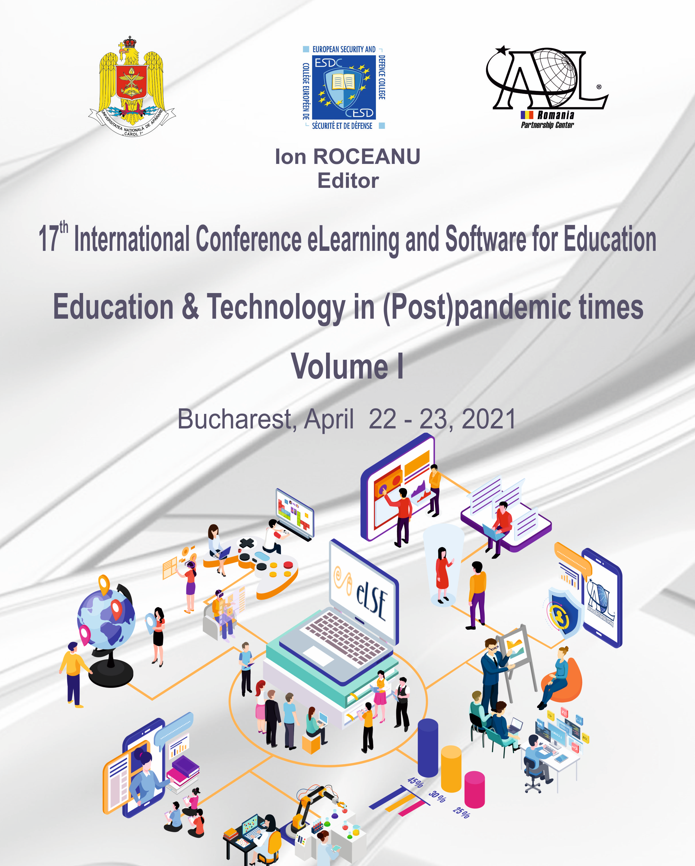THE ROLE OF EMOTIONS IN THE DEVELOPMENT OF ANXIETY SYMPTOMS: AN EDUCATIONAL PERSPECTIVE RELATED TO THE COVID-19 PANDEMIC
THE ROLE OF EMOTIONS IN THE DEVELOPMENT OF ANXIETY SYMPTOMS: AN EDUCATIONAL PERSPECTIVE RELATED TO THE COVID-19 PANDEMIC
Author(s): Simona Alexandra Pascal, Sebastian BlidaruSubject(s): State/Government and Education, Social psychology and group interaction, Clinical psychology, Health and medicine and law, Distance learning / e-learning, Pedagogy
Published by: Carol I National Defence University Publishing House
Keywords: anxiety; fear of COVID-19; disgust; negative effect; education; mediation model;
Summary/Abstract: Given the worldwide pandemic period, fear of COVID-19 and negative emotions represented a relatively new research interest in the anxiety disorders literature. Specifically, individuals who experience a high level of negative emotional states (disgust, fear, negative affect) and perceive them as being harmful, have an increased risk of developing anxiety symptoms. In the past year, studies were conducted also within the educational system, their purpose being to find out the student perspective on online education, daily life and socioeconomic effects, risky behaviours, mental health conditions, coping strategies during the COVID-19 pandemic. Thus, the objective of the present study was to identify possible associations between emotional states and fear of COVID-19, amongst students. Moreover, to test whether the relationship between disgust and anxiety symptoms is explained by fear of COVID-19, a mediation analysis was conducted. In the present research, 119 students filled in four scales for the following constructs: anxiety, disgust, fear of COVID-19, and positive and negative effect. Results showed significant relationships between emotional states and fear of COVID-19. Additionally, the mediation analysis emphasized that fear of COVID-19 explains the relationship between disgust and anxiety symptoms. These preliminary findings suggest that disgust may influence the occurrence and maintenance of a high level of anxiety amongst students. Given the pandemic period, these results could be a preliminary step for clinical practice to improve the anxiety symptoms assessment by targeting disgust and fear of COVID-19 as important emotions. Also, this study discussed other clinical and theoretical implications, limitations, and future research directions.
Journal: Conference proceedings of »eLearning and Software for Education« (eLSE)
- Issue Year: 17/2021
- Issue No: 01
- Page Range: 239-246
- Page Count: 8
- Language: English

